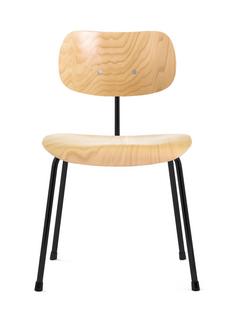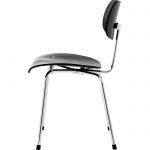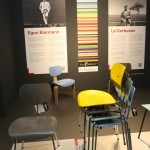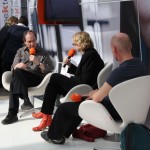smow Blog Interview: Thomas Gerber, CEO Wilde+Spieth - A good chair is an important part of ensuring professional orchestra musicians remain fit and enjoy themselves
...They could, they did and Egon Eiermann subsequently went on to design a collection of some 30 chairs for Wilde+Spieth, including works such as the SE 18, SE 42 or SE 68... Thomas Gerber: In 1956 Egon Eiermann needed chairs for a Musiksaal project in Stuttgart, nothing suitable was available and so, in principle, he took the SE 68, added some upholstery, and that was the chair...




















































